PPF vs Ceramic Coating: What’s the Best Car Paint Protection?
When it comes to protecting your vehicle’s paintwork, two of the most effective solutions on the market are paint protection film (PPF) and ceramic coating. But which one is right for your car? As a professional car detailer, I’m often asked, “Should I choose PPF or ceramic coating?”
The answer isn’t always black and white - both offer excellent benefits, and depending on your driving habits, budget, and goals, one may suit you more than the other. In this blog, we’ll explore the key differences between PPF wrap and ceramic coating, what each does best, and why combining both might be the ultimate form of car paint protection.
What Is Paint Protection Film (PPF)?
Paint protection film, also known as PPF, is a transparent, urethane film that is applied directly to your vehicle’s painted surfaces. Originally developed for military use, PPF has become a go-to solution for high-end vehicle owners who want the most robust car paint protection available.
Once applied, the PPF wrap acts as a physical barrier, shielding the paint from stone chips, scratches, road debris, and even minor scuffs or abrasions. It’s especially popular for sports cars, daily commuters, and vehicles driven on motorways or country roads where stone chips are common.
What Is Ceramic Coating?
Ceramic coating is a liquid polymer applied to a vehicle’s paintwork that chemically bonds to the surface. Once cured, it forms a glossy, water-repellent layer that repels dirt, water, road salt, and chemicals. It enhances shine, protects from UV damage, and makes the car much easier to clean.
While ceramic coating offers excellent paint protection, it doesn’t have the same impact resistance as PPF. However, it’s incredibly durable against environmental contaminants, sun exposure, and chemical etching.
Key Differences Between PPF and Ceramic Coating
| Features | PPF (Paint Protection Film) | Ceramic Coating |
|---|---|---|
|
Protection from Stone Chips
|
★★★★★
|
★✩✩✩✩
|
|
Scratch & Scuff Resistance
|
★★★★★
|
★★✩✩✩
|
|
UV & Chemical Resistance
|
★★★★✩
|
★★★★★ |
|
Hydrophobic / Water Beading
|
★★★✩✩ | ★★★★★ |
|
Gloss & Shine
|
★★★★✩ | ★★★★★ |
|
Self-Healing Properties
|
★★★★✩ | ✩✩✩✩✩ |
|
Ease of Maintenance
|
★★★★✩ | ★★★★★ |
|
Lifespan
|
5–10 years (depending on quality and care)
|
2–5 years (with proper maintenance)
|
|
Paint-Like Appearance
|
Very close (especially with matte or gloss film)
|
Intensifies gloss and depth
|
|
Paint Protection Film Cost
|
Higher upfront investment
|
More affordable for many car owners
|
Pros of Paint Protection Film
Superior Physical Protection: PPF is the best choice for guarding against stone chips, road debris, light scratches, and abrasions. No other solution offers this level of physical defence.
Self-Healing: High-end car paint protection film can self-heal light scratches when exposed to heat.
Invisible Finish: Modern PPF is nearly invisible and available in gloss or matte finishes, allowing custom styling.
Pros of Ceramic Coating
Extreme Gloss & Hydrophobic Effect: Ceramic coatings offer an ultra-glossy finish and cause water to bead off effortlessly.
UV and Chemical Resistance: Prevents oxidation and fading caused by UV rays and acid rain.
Ease of Cleaning: Dirt, bugs, tar, and road grime are far easier to clean off a coated car.
Why Not Choose Both?
Here's the best-kept secret in professional car detailing - you don’t have to choose. You can apply ceramic coating on top of PPF for the best of both worlds.
Why combine PPF and ceramic coating?
PPF provides physical impact protection.
Ceramic coating adds hydrophobicity, enhances gloss, and reduces maintenance.
Together, they offer unmatched durability, protection, and appearance.
At Dynamic Details, we often recommend this combo for clients who want long-lasting car paint protection that looks as good as it performs. Your car gets shielded from chips and scratches and stays cleaner, glossier, and easier to maintain.
What About Paint Protection Film Cost?
It’s true - paint protection film cost is generally higher than ceramic coating, especially when applying PPF to the entire vehicle. However, it’s important to view it as an investment. PPF protects your car from costly repairs like resprays or paint correction, making it a smart choice for high-value cars or new vehicles you plan to keep long-term.
You can also choose partial PPF, such as front-end protection (bonnet, bumper, wings, mirrors), to keep costs manageable while still protecting the most vulnerable areas.
For our pricing, check here. Or to get an accurate quote for your own car, click here.
Final Thoughts
When comparing PPF vs ceramic coating, it really comes down to your priorities:
If you want maximum protection from physical damage, go for paint protection film.
If you want a glossy finish, easier maintenance, and excellent resistance to the elements, choose ceramic coating.
For ultimate paint protection, combine both for a long-lasting, low-maintenance, and ultra-protected finish.
As a professional car detailer, Dynamic Details offers tailored protection packages that fit your car, lifestyle, and budget. Whether it’s ceramic coating, PPF wrap, or both, we use the highest quality products and expert techniques to deliver flawless results.
Want expert advice on protecting your paintwork? Get in touch with us to discuss your options and get a quote tailored to your needs.





